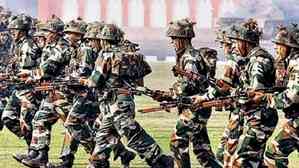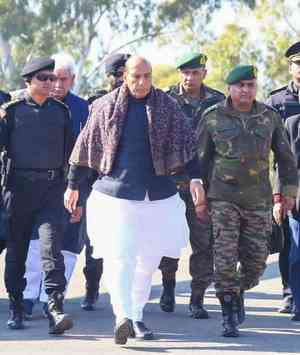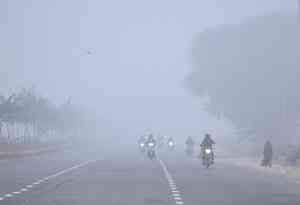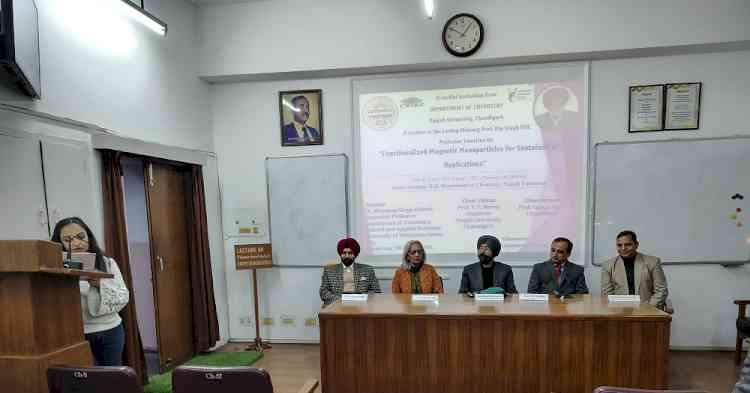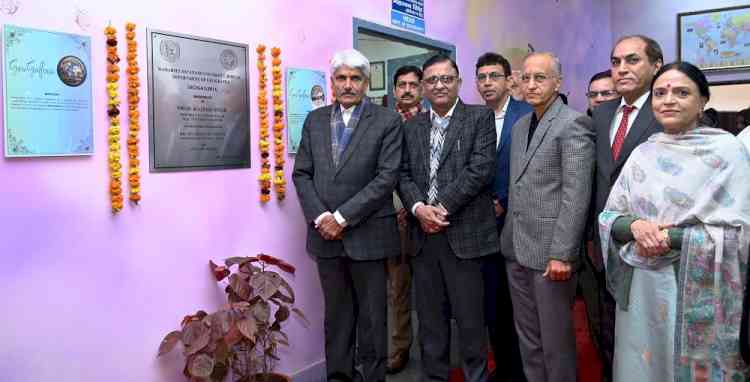SC hints at formation of expert panel to assess 'bearing capacity' of Himalayan region
Against the backdrop of the recent land cracking and sinking issues in Joshimath, the Supreme Court on Monday indicated that it could form an expert committee to assess the "carrying capacity or bearing capacity" of the ecological fragile Indian Himalayan region.
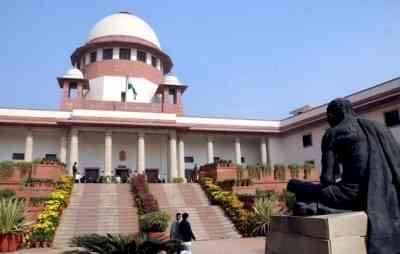
New Delhi, Aug 21 (IANS) Against the backdrop of the recent land cracking and sinking issues in Joshimath, the Supreme Court on Monday indicated that it could form an expert committee to assess the "carrying capacity or bearing capacity" of the ecological fragile Indian Himalayan region.
A bench comprising CJI D.Y. Chandrachud and Justices JB Pardiwala and Manoj Misra mooted formation of an expert panel to carry out a comprehensive study and asked the counsel appearing for petitioner to suggest the broad terms of reference for such a panel.
The petitioner pointed out that the "carrying capacity" template was formed by the government in the past and there is a need to undertake a comprehensive study by expert institutions. Additional Solicitor General (ASG) Aishwarya Bhati, who was appearing for the Centre, referred to an order passed by the National Green Tribunal (NGT) and told the bench that such a template was formulated.
She said that the Union government has already addressed a communication to states and UTs in this regard.
The court has posted the matter for hearing on August 28, while seeking response of the states and UTs concerned in the matter.
The plea claimed the Indian Himalayan Region, spread across 13 states/Union Territories (UTs), is facing issues of unsustainable and hydrologically disastrous constructions -- home stays, hotels, and commercial accommodations -- hydropower projects and unregulated tourism, which has allegedly collapsed the drainage and waste management system.
The plea filed by Ashok Kumar Raghav said these governments have failed in preparing and implementing the master plans, tourism plans, lay-out, area development or zonal plans.
It added that due to non-existent carrying or bearing capacity studies, grave geological hazards in the form of landslides, land subsidence, land cracking and sinking issues such as that in Joshimath and previously as flash floods or glacial bursts in Kedarnath (2013) and Chamoli (2021), are being witnessed and serious ecological and environmental depredation is taking place in the hills.


 IANS
IANS 
